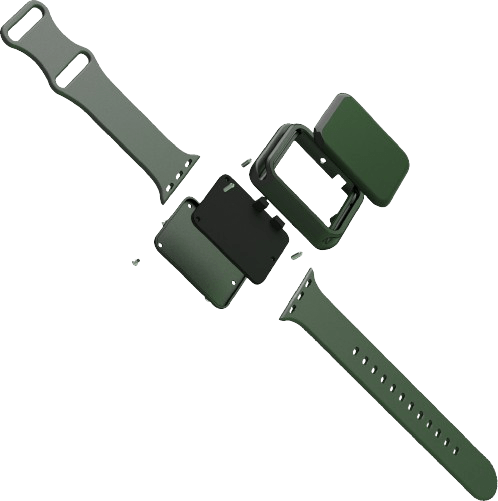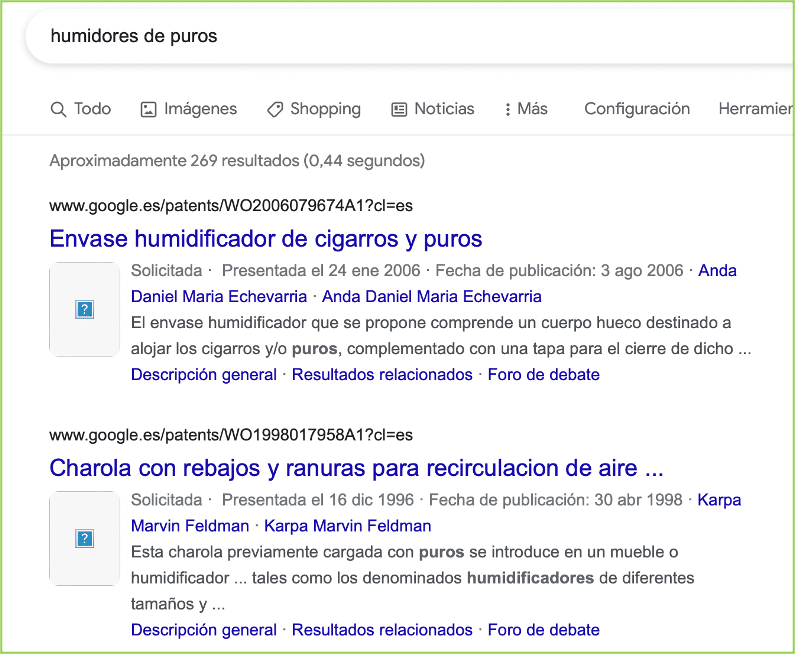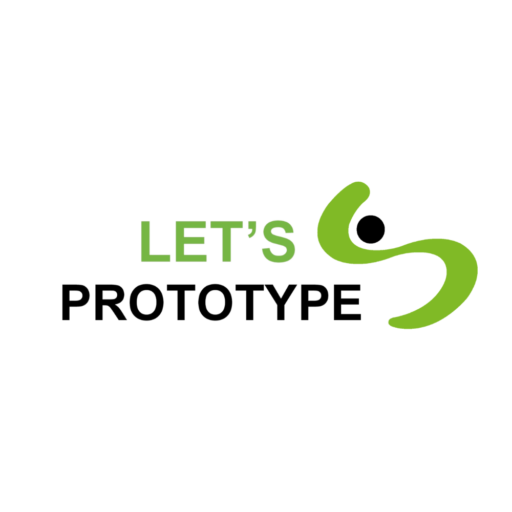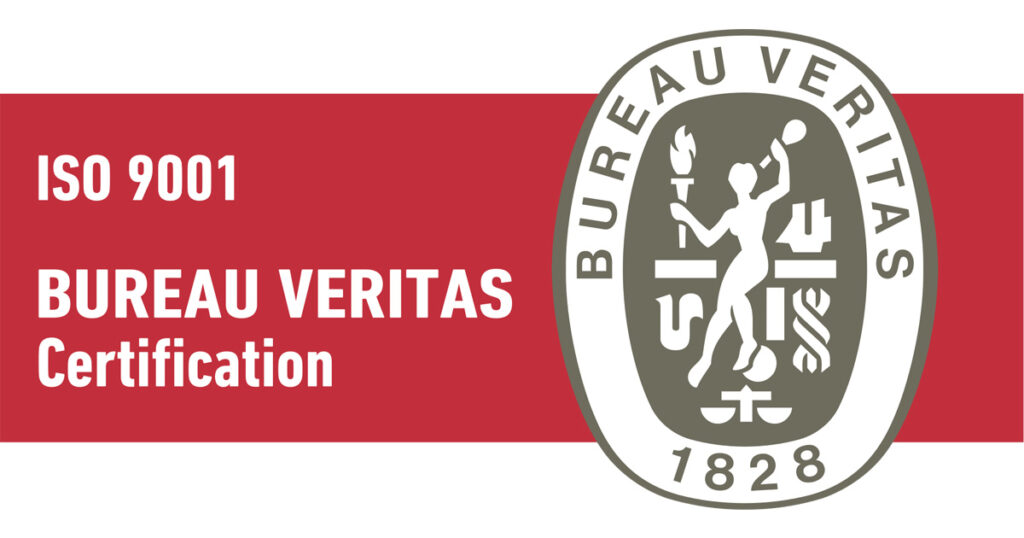HOW MUCH DOES IT COST TO PATENT AN IDEA?
How can I know if I can patent my idea without spending any money? Lean Prototyping.
An inventor mistakenly believes that the key to his invention's success is for nothing to exist that is the same as or similar to his idea. The existence of prior art similar to your product or prototype does not mean that you're condemned to failure. Nothing could be farther from the truth. Rather, the existence of prior art related to your CONCEPT (speaking in Lean Prototyping jargon) validates that your solution makes sense in the market.
Let's go to Step Nº 2 of Lean Prototyping – Prior art and technical feasibility.
Remember that we arrived at this point after a process of "trial and error," in which we assess the real needs of our clients and of validating whether it involves a problem that is not resolved or, at least, not in a way that we deem the most efficient.
In Step Nº 1 of Lean Prototyping, we defined a very basic product concept, with working requirements for the prototype that, in some way, make it very clear to us in which area we have room for improvement. Continuing with the example of Cuban cigars and their conservation tools, we define what the current state of the art is; i.e., what exists thus far to solve the problem. From there, we define the list of basic requirements for our future prototype.
We want to bring your ideas to life
CATALOG OF
PROTOTYPES
You can now access over 30 examples of prototypes designed and manufactured in our lab

In Step Nº 2, we will begin with a thorough search of patent registrations or legal protections that may somehow condition the development of our invention. To conduct this search, we can take two paths:
Path Nº 1 – Hire a professional patent and trademark agent to conduct a search and present us with the current records that may affect us.
Path Nº 2 – Investing time and effort, carry out ourselves the search for any prior art that could condition the development of our invention.
El proceso de búsqueda de antecedentes es muy laborioso, lo que llamamos en España, un trabajo de Chinos Pero, según nuestra experiencia en Prototécnica, nadie buscará tanto como el propio inventor.
Going a little more in depth, we trust that it makes a lot of sense for the inventor himself, taking as a reference the working requirements list that defines his concept (Step Nº 1 of the Lean Prototyping method), to do a preliminary search, even if he later entrusts an additional search to professionals, for greater peace of mind.
Actualmente la información es muy accesible, tendrás acceso a los mismos medios que un agente profesional. En Let’s Prototype , cuando acompañamos al inventor en este proceso, desplegamos la búsqueda a través de tres métodos:
How much does the Prototype cost?
Method A - Semantic Study. You must define the most relevant keywords or phrases that define your invention. We recommend you define them in both Spanish and English. Once you have this list of words, combinations of words, and phrases, you can conduct searches in Google, Google Patents and the official search engines of the Patent and Trademark Office’s online portals.
Continuing with our example of cigars and their conservation tools, we can state that inputting the term "cigar humidors" in Google Patents gets 269 hits. The hard work is opening each link and analyzing what is being claimed in each utility model or patent application.
En Let’s Prototype, abrimos una tabla en Excel, vamos anotando en diferentes columnas: propietario de la patente, número de patente, oficina donde se solicitó, países donde está protegida, fecha de vencimiento de la patente, reivindicaciones de innovación (la clave de la patente) entre otros datos de interés. Este cuadro será fundamental para marcar el rumbo de tu invento.

Method B - International Patent Classification (searches using CPC codes). This is a coding system that allows us to place our invention in a specific area of innovation. It seems like a daunting task, but it really is quite simple. Knowing the working requirements of your concept and the area where innovation is being made, we will be able to identify the code(s) that best fit our invention. Below is a link where you can find these codes for Spain: Here
Una vez que tienes los códigos, podrás buscar con el mismo en las propias páginas digitales de la Oficina de Patentes, además de poder introducirlos también en Google Patents. En Let’s Prototype, hacemos la búsqueda en ambos sitios.
Whereas there are common sites for comparing inventions and being very rigorous in searches, we recommend you include whatever patents you identify in the same Excel file in which you entered the results found using Method A.
Method C - Headline Study (following the trail based on competitor identification)
As if that were not enough ☺, as we already have a clear concept from Step Nº 1 of Lean Prototyping, with its list of working requirements for the prototype, it will be very easy to identify the main manufacturers of solutions that affect our market, competitors, possible substitute products, etc. Thus, we can search patent office webpages as well as Google Patents by entering their names. This way, we can follow the trail and identify if they have any invention similar to ours; we can even determine what their next steps will be in the market and the innovation trends in the sector where we want to innovate.
Yes, it is true that it is a very, very painstaking task, but it provides a wealth of very detailed information for subsequent steps. If you want to do it with this level of detail, we will be happy to support you and lend you a hand. Just contact us or schedule your appointment: https://calendly.com/erick-remedios-letsprototype/llamada-inicial
Seguramente ya te estés preguntando por la segunda parte de este paso: ¿Puede fabricarse mi invento? En este sentido, te garantizo que, el 95% de los inventores con los que trabajamos en Let’s Prototype cada año, reciben respuesta sobre la viabilidad técnica de su concepto en menos de 24 horas. Esta no debe ser tu principal preocupación.
At this point, the good news is that you already have enough information and training to embark on the working prototype design and manufacturing stage. With a guaranteed success rate that’s much higher than the 80% rate posted by inventors who start this journey lacking sufficient information. So, all the time you're devoting to the Lean Prototyping study substantially reduces the risk faced by most inventors.
Does it pay off for you?
With these first two Lean Prototyping steps, we should be able to conclude the following:
- Whether or not our invention solves a real problem in the market.
- If our invention has already been patented by another person or company.
- If our invention is really innovative, or if we must go back to the drawing board to strengthen our concept. Armed now with very valuable information and a very clear guide to being more competitive with our invention or future prototype.
- If we can really move forward with the development of our invention.
- Además, deberíamos estar ya convencidos de que Let’s Prototype es el partener o socio adecuado para avanzar en este camino
The time to bring your ideas to life is now. We accompany you throughout the entire process: from idea to product. San Juan Ingenieros, S. L, is the owner of the domain www.letsprototype.com, and in accordance with the General Data Protection Regulation (EU 1679/2016), we will process your data exclusively to handle your information request. You have the right to rectify or request the deletion of your data at any time via hello@letsprototype.com.
Do you want to turn your idea into a product?
Recent Posts
Tell us your idea
5/5 - (5 votes)
Business Director - Inventors' Advisor at Let´s Prototype
Erick Remedios has been linked to entrepreneurship and the launch of innovative projects and inventions for over a decade. His start in the entrepreneurship sector began as the Project Management Director at the network of Private Investors, Business In Fact, S.A., a club of private investors specialized in high-risk investments, which he ended up managing as General Director for at least 5 years.
As the director of the Private Investors network specialized in innovative projects in the startup phase, Erick Remedios participated in more than 40 investment operations, with his main functions being: advising entrepreneurs and inventors, as well as private investors interested in investing in such projects.
Erick Remedios has been one of the influential figures in the development of the ecosystem of entrepreneurs and private investors in Spain. Since 2012, he has participated in numerous private investment forums, has advised entrepreneurial projects as a member of their Boards of Directors, and has served as a lecturer in numerous Public and private Universities, specialized public centers in entrepreneurship, and internationally leading business schools, such as It Aérea Business School, where he leads the management of the Business Model Design Module for entrepreneurs, mostly Aerospace Engineering graduates.
Specialized Centers in Entrepreneurship and the Launch of Innovative Projects where Erick Remedios has participated:
- Direction of the Program - Sanse Emprende from the City Council of San Sebastián de los Reyes, Madrid.
- Direction of the Espoban Program – Diputación de Córdoba and European Center for Business Innovation. Training of entrepreneurs and inventors and preparing them to attract capital through private investors.
- Speaker on the subject of launching innovative projects at Universities such as: Pablo Olavide, University of Seville, University of Málaga, University of Cádiz, University of Huelva, University of Almería, University of Jaen, University of Granada.
- Direction of the Entrepreneurship Module – IT Aérea Business School.
- ENyD Business School: Professor and lecturer in the area of Entrepreneurship and Private Investment.
- Avanza Castellón - Mentor of entrepreneurs and inventors in the program of the Diputación de Castellón.
- Ávila Emprende – Program of the City Council of Ávila. Mentor of entrepreneurs in sales processes and product development.
- Aula UGR- Professor of entrepreneurship and management of launching innovative projects in programs aimed at training teachers from the University of Granada.
- Master Up - Professor of entrepreneurship and investment management in the Official Master's for entrepreneurs from the University of Cadiz.
At the same time, numerous companies have signed Erick Remedios as an advisor and member of their Board of Directors, companies in which Mr. Remedios has also acted as the representative of the private investors who have placed their trust and economic resources, including:
- Tu Fabrica de Eventos
- Baby Radio
- Graffos
- Neurobia Research
- HitsBook
- Bit Credit
- Glelemo
Currently, Mr. Remedios is leading the international expansion of Let´s Prototype in the United States, while also advising inventors on startup processes for projects related to innovative Hardware or Software elements, both in terms of product design, a specialty of Let´s Prototype, and in terms of designing strategies for selling inventions and patents.
Interviews with Mr. Remedios and publications authored by him in Media:
- School of Business and Management: [Link](https://www.youtube.com/watch?v=ch3nRTFvxhw)
- Diputación de Córdoba. Training for Investors: [Link](https://www.youtube.com/watch?v=Cj2fvxkD-zI)
- Spanish Television - Program Emprende: [Link](https://www.youtube.com/watch?v=vZRi98CE20M)
- TV2 - Spanish Television: [Link](https://www.youtube.com/watch?v=ms22bxyllKc)
- University of Cadiz: Article for Inventors: [Link](https://emprendedores.uca.es/lean-prototyping-el-puente-entre-el-concepto-el-prototipo-y-las-patentes/)
- University of Granada: Article for Inventors: [Link](https://ugremprendedora.ugr.es/6-tips-para-convertir-tu-idea-o-concepto-en-prototipo-lean-prototyping/)
Latest posts by Erick Remedios (see all)
- Packaging con información digital invisible. - July 11, 2025
- Retos de los dispositivos IoT para detección de movimientos en fondos marinos. - July 10, 2025
- Product Restyling: What Is It and What Is It For? - June 25, 2025

